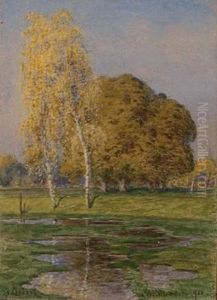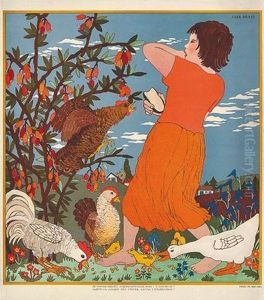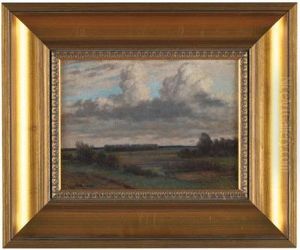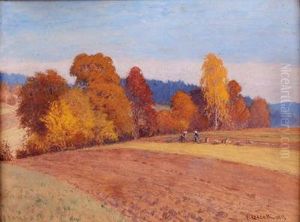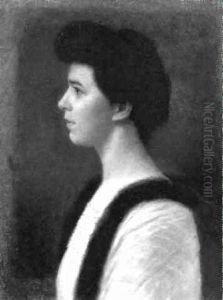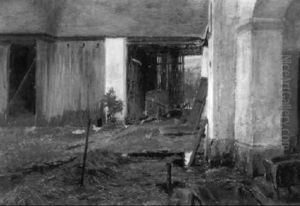Franz Czizek Paintings
Franz Cizek was an Austrian artist and educator, born in 1865 in Vienna, Austria. He is best remembered for his pioneering work in art education, particularly for children. Cizek began his career as an artist, but his interest in the artistic development of children led him to a path that would make him a significant figure in the realm of art education. In 1897, he established the Juvenile Art Class in Vienna, which was groundbreaking in its approach to teaching art to children. Unlike the traditional methods that focused on copying and strict instruction, Cizek encouraged creativity and individual expression, believing that children had an innate artistic ability that should be nurtured rather than molded into pre-existing artistic conventions.
Cizek's methods gained international recognition, and he became known for his 'child art' movement. He advocated that children's art was not merely a precursor to adult artistic creation but a unique form of artistic expression worthy of study and appreciation. His ideas influenced early childhood education and had a lasting impact on how art is taught to children. Cizek's emphasis on the creative process over the final product shifted the focus from technical skill to the expression of imagination and individuality.
Throughout his career, Cizek also continued his work as an artist, although it is his contributions to art education for which he is most celebrated. His teachings and philosophy spread beyond Austria, influencing art education in Europe and America. Franz Czizek's legacy is seen in the continued emphasis on creativity and individual expression in art education for children around the world. He passed away in 1946, leaving behind a legacy that continues to influence the fields of art and education. His work demonstrated a profound respect for the creative spirit of children, marking him as a visionary in the field of art education.
